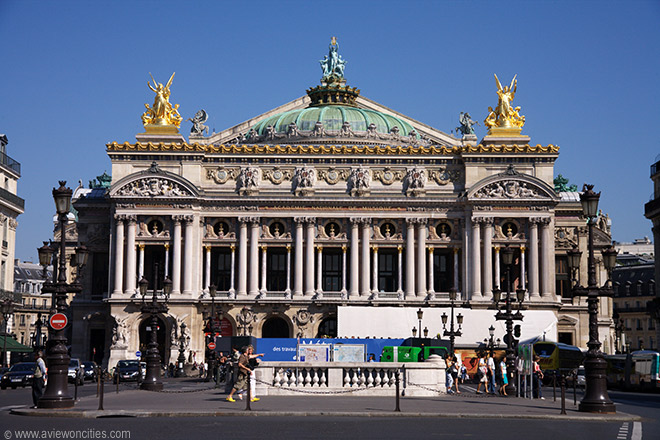
Architectural landmarks that may be found in important locations all over the world play a strong role in a city’s social and economic fabric.
Some spark controversies, especially when they harm the existing architectural qualities of the space or symbolize certain ideologies. Others lend an air of mystery and charm, and cast an enchanting spell on travelers. The Opera Garnier, immortalized by the popular musical play The Phantom of the Opera, has that entrancing effect on people. It has inspired countless artists to showcase their artistic prowess onstage to the best of their abilities.
While Opera Garnier is a marvelous example of Napoleon III style, it also melds other design elements, including baroque, Greek and classical. The place can accommodate 2,200 people.
Opera Garnier’s foundation stone was laid in 1861. Architect Charles Garnier and his team faced an overwhelming set of challenges that included swampy ground to pivotal historical events like the Franco-Prussion War and the fall of the Second French Empire. As with other buildings that were used for other purposes depending on the needs of the times, the old opera house was used as storage for food during the Paris Commune. Notwithstanding these various factors, plans to complete the reconstructed opera house were not abandoned.
Opera Garnier was finished in 1874. Its inauguration a year later was highlighted by a lavish gala performance. The Opera Garnier is a destination that is an event in itself. It offers a visual and sensory experience. From the painted ceiling done by Marc Chagall to the multicolored marbles, an elegant chandelier weighing over six tons, to areas designed in velvet & gold, to the polychrome façade and interweaving stairwells and alcoves, Opera Garnier can be quite an experience for most people. A visit to France is not complete without seeing the architectural masterpiece and popular landmark.

Opera Garnier

No comments:
Post a Comment
Feel free to place you thoughts here